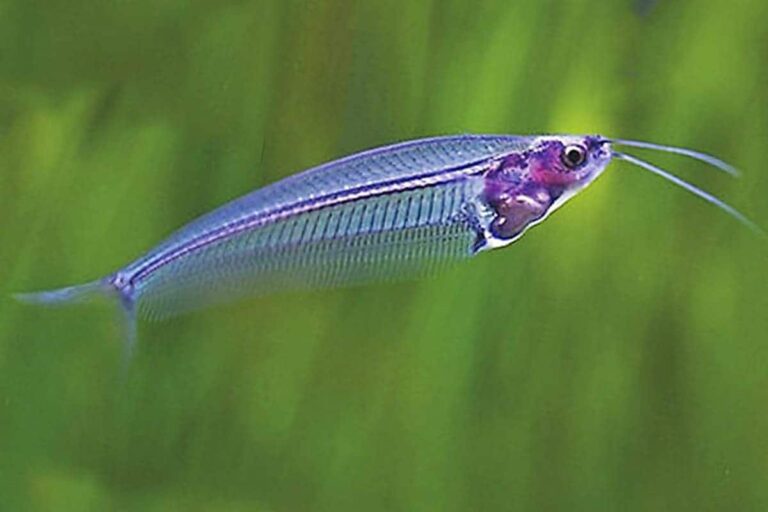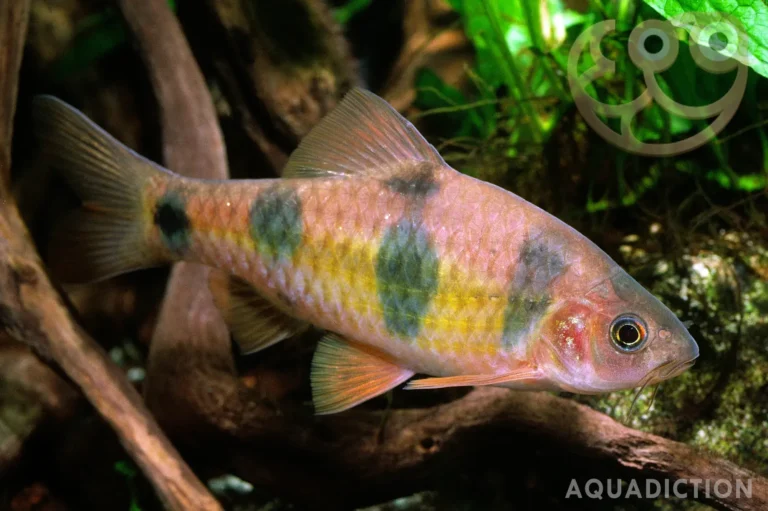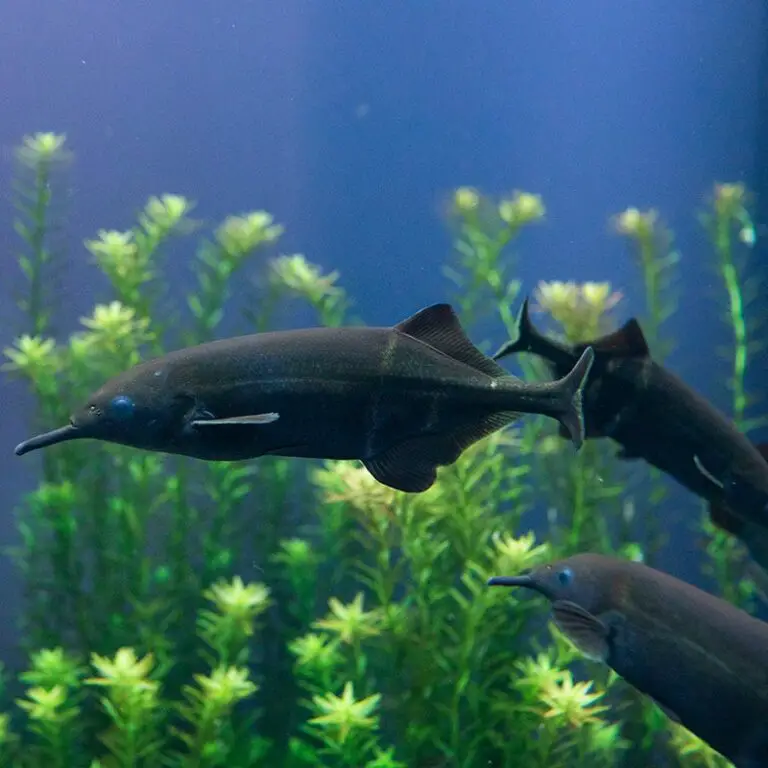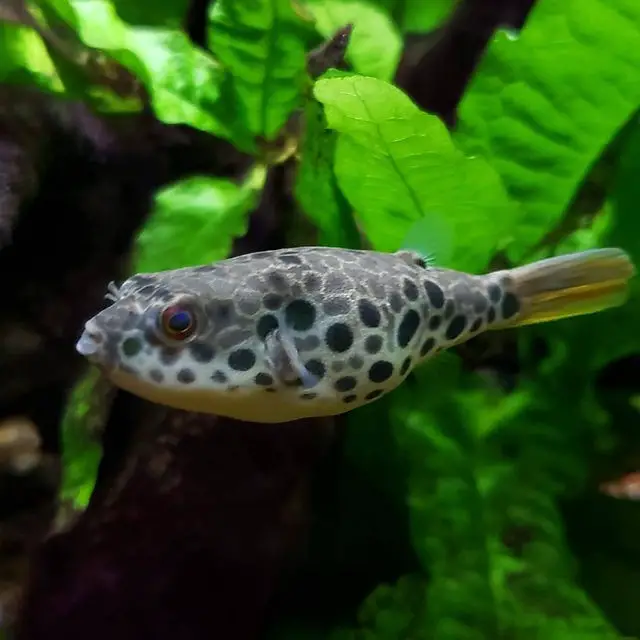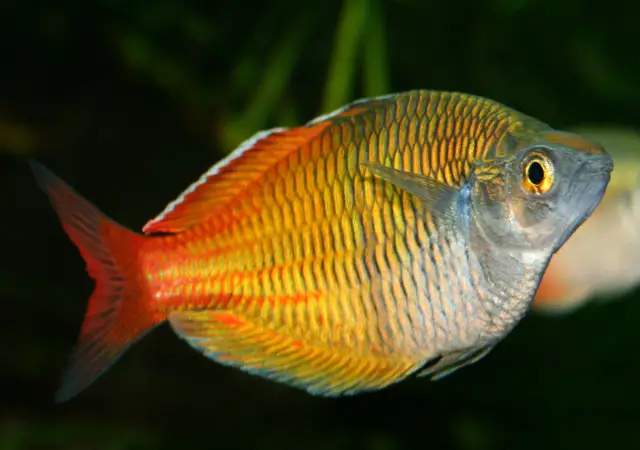Unveiling the Electric Blue Acara: A Stunning Freshwater Fish Profile
Are you searching for a freshwater fish that combines vivid coloration with an engaging personality? Meet the Electric Blue Acara, a gem from South American waters that has captivated the hearts of aquarium enthusiasts worldwide. This comprehensive guide is tailored for aquarists of all levels who seek to learn about, care for, and appreciate the Electric Blue Acara (Andinoacara pulcher) within their home aquariums. From its taxonomy to aquascaping suggestions, join us in exploring the vibrant world of this striking cichlid.
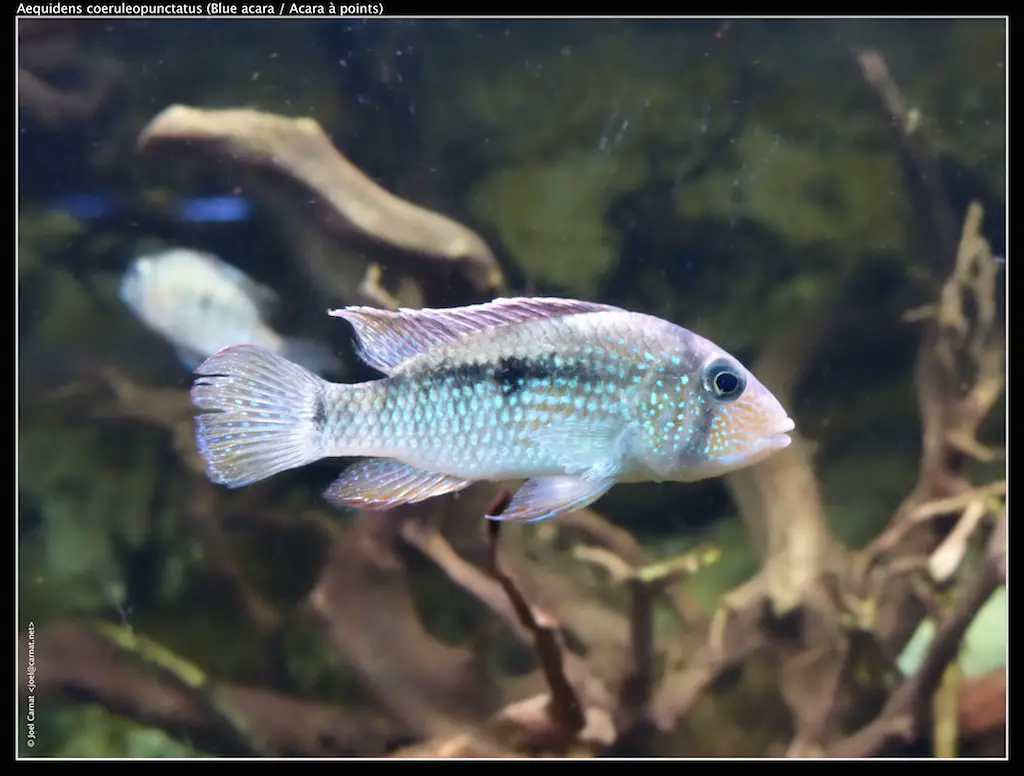
Taxonomy and Natural Habitat
The Electric Blue Acara is a member of the family Cichlidae and is scientifically classified under the genus Andinoacara, which translates to “Andean altar.” Its species epithet, ‘pulcher’, is Latin for “beautiful,” a fitting name for one of the most attractive members of its family.
In the wild, these fish hail from the slow-moving and heavily vegetated waters of South America, particularly in the basins of the Amazon River and Oyapock River. They thrive in warm, acidic conditions with a pH range of 6.0 to 7.0, and a temperature range of 72°F to 82°F.
Physical Characteristics
The Electric Blue Acara boasts a moderately oval body with a mild arch along its back. Mature adults can reach lengths of up to 6 inches (15 centimeters). Though size can vary based on genetics and environment, they usually exhibit a vibrant electric blue color that shimmers under the aquarium lights, with iridescent scales that seem to sparkle. This radiant hue is most prominent on their operculum (gill cover), dorsal, and anal fins, which they can display during courtship or excavation.
Compared to their close relatives, the Electric Blue Acara has been selectively bred for its striking coloration, which pulses like living electricity in the water, often overshadowing the hues of other tank inhabitants.
Behavior and Temperament
Electric Blue Acaras are known to be quite peaceful for cichlids, with a laid-back demeanor that makes them excellent community tank members, provided they are in the right size group of congenial tank mates. They are intelligent and can learn to recognize their owners over time, showing a level of interaction not commonly found with other fish species.
During pairing and breeding, their behavior can change to a more territorial and protective stance, but with ample space and hiding spots, conflicts can usually be minimized.
Diet and Feeding Habits
In their natural habitat, Electric Blue Acaras are omnivorous, feeding on a variety of foods such as insects, crustaceans, and algae. In the aquarium setting, a well-rounded diet should include high-quality pellets, flakes, frozen or live foods like bloodworms and brine shrimp, and the occasional offering of vegetable matter.
Balanced nutrition is essential for their health, and overfeeding can lead to obesity and other complications. It’s recommended to feed them twice a day with an amount that they can consume within two minutes.
Aquarium Care Requirements
When setting up an aquarium for Electric Blue Acaras, it’s crucial to provide ample space and hiding spots. A 30-gallon tank is a suitable starting point for a pair, with more space needed for larger groups or community setups. The tank should be densely planted along the sides and rear to mimic their natural environment, with open space in the middle for swimming.
Maintaining stable water parameters is key to their well-being. Regular water changes of around 25% every two weeks, coupled with proper filtration, will help keep ammonia, nitrites, and nitrates at safe levels. Hardiness is also vital; use a substrate that supports the establishment of bacteria for the nitrogen cycle and the buffering of pH.

Breeding Behavior
Breeding Electric Blue Acaras in captivity can be a rewarding experience. To stimulate their natural breeding instinct, replicate the changes in their environment that come with the advent of the rainy season, such as increasing the temperature and providing more frequent water changes.
In preparation for spawning, the pair will engage in courtship, culminating in the cleaning of a flat surface (often a leaf or rock) that will serve as the spawning site. The female will then proceed to lay eggs, which the male fertilizes and subsequently guards. The fry will be free-swimming after a few days and can be fed on infusoria, newly hatched brine shrimp, or a commercial product designed for cichlid fry.
Health and Disease Management
Like any aquarium fish, Electric Blue Acaras are susceptible to certain health issues, especially when exposed to poor water quality, stress, or inadequate nutrition. Common ailments include ich, fin rot, and hole in the head disease.
Regular observation is important; signs of distress or disease might include changes in appetite, color, or behavior. Quick intervention, such as quarantining and treating affected fish, can help prevent the spread of illness within the aquarium.
Aquascaping Ideas
Creating an aquascape that simulates the natural environment of the Electric Blue Acara will not only enhance the beauty of your tank but also provide a sense of security to the fish. Utilize a mix of rooted and floating plants like Amazon swords, java ferns, and water wisteria to offer shade and spawning sites.
Incorporate driftwood and rocky formations to provide cover and create territories within the tank. A sandy substrate is preferred to mimic the river bottoms they are accustomed to in the wild, ensuring that they can safely burrow and sift through the substrate.
Conclusion
The Electric Blue Acara is more than just a gorgeously colored fish; it’s a species that offers aquarists a unique opportunity to connect with the vibrant ecosystem of South America within the confines of a home aquarium. By understanding its natural behaviors and requirements, aquarists can provide a safe and enriching environment for these cichlids to thrive. Whether you’re just starting out or are a seasoned enthusiast, the Electric Blue Acara is a choice that promises both visual delight and an engaging underwater experience.
Additional Resources
For further exploration, we recommend visiting the following sources:
- Freshwater Aquarium Society
- The Cichlid Room Companion
- Aquascape Supplies EmporiumEngage with the vibrant online community forums, such as FishLore and AquariumAdvice, where members share personal insights and experiences.Remember, as you chart this aquatic adventure, the most valuable resource remains your own passion for the hobby. Immerse yourself in the beauty and complexity of the aquarium world, and may your Electric Blue Acaras bring joy and wonder to your aquatic sanctuary.
- The Cichlid Room Companion
